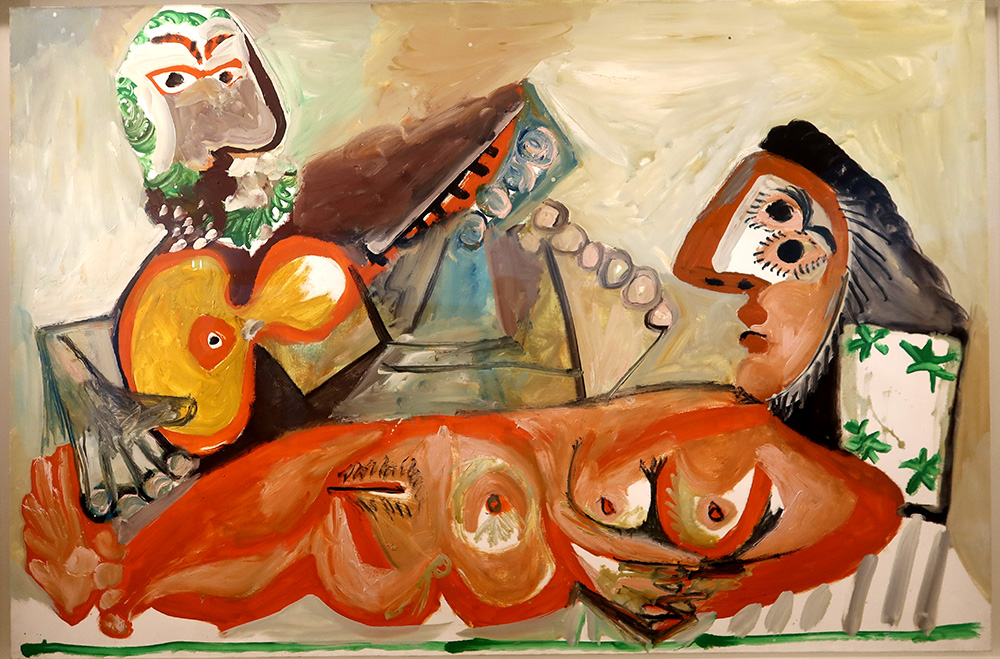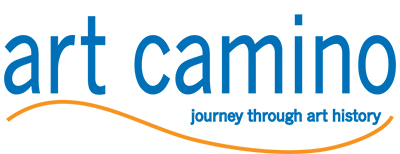
The Picasso Museum in Paris, located in the heart of the Marais district, is one of the most celebrated cultural institutions dedicated to the life and work of Pablo Picasso. Housed in the Hôtel Salé, a 17th-century mansion, the museum provides a deep dive into the artistic journey of one of the 20th century’s most influential artists. The building itself is a significant part of the museum’s charm, offering a juxtaposition between the old-world grandeur of French architecture and the groundbreaking modernism of Picasso's art.
The museum opened to the public in 1985, following the donation of over 200 works from Picasso’s widow, Jacqueline Roque, along with thousands of other items, including sketches, ceramics, and archival materials. Over the years, the collection has grown significantly and now includes over 5,000 works by Picasso, as well as an extensive range of personal documents, letters, photographs, and other artifacts. The collection traces Picasso’s creative evolution, from his early works through to his later periods, highlighting the remarkable breadth of his artistic output and his constant reinvention of style and medium.
Picasso's career is known for his groundbreaking exploration of form and technique, and the museum reflects this diversity. One of the key strengths of the collection is its ability to show Picasso's work across various periods. His Blue Period, characterized by melancholic and somber tones, is well represented, as is his Rose Period, which brought a shift to warmer, more optimistic colors. The museum also showcases the development of Cubism, the revolutionary movement Picasso co-founded, along with Georges Braque. Paintings such as *Les Demoiselles d'Avignon* and *Guernica*, although not housed here, are referenced extensively, offering insight into his innovation and radical departure from traditional artistic conventions.
The museum traces Picasso’s development, from his academic training and early mastery of classical techniques, to his embrace of abstraction, collage, and mixed media. There are rooms dedicated to his work in ceramics, illustrating his experimental nature and his ability to transform everyday objects into art. His later works, such as those in the 1950s and 1960s, often revisit themes from earlier periods, demonstrating his ongoing dialogue with his own legacy.
A notable feature of the museum is its substantial archive, which offers insight not only into Picasso’s art but also into his personal life, relationships, and the cultural environment in which he worked. The museum’s archival material includes personal letters, photographs, and even his sketchbooks, giving a deeper understanding of the man behind the works. The curators often rotate thematic exhibitions that focus on specific aspects of Picasso’s life or his connections with other artists, shedding light on his collaborations, friendships, and intellectual pursuits.
The Picasso Museum in Paris collection is vast and diverse, reflecting Picasso’s restless pursuit of innovation and his ability to reinvent himself throughout his long career. For art lovers and historians alike, it provides an essential insight into the life and work Picasso.
Historical Context
The Hôtel Salé, constructed between 1656 and 1659, is a masterpiece of French Baroque architecture. Over the centuries, it has served various purposes, including housing the Embassy of the Republic of Venice and later, educational institutions like the École Centrale des Arts et Manufactures. In 1964, the City of Paris acquired the building, and in 1968, it was designated a historical monument. Following renovations led by architect Roland Simounet, the Musée Picasso opened its doors in 1985, dedicated solely to the artist's legacy.
Renovation
After a comprehensive five-year renovation, the Musée Picasso reopened in October 2014. The refurbishment expanded exhibition spaces and enhanced visitor amenities, solidifying its status as a premier cultural destination.
Musée national Picasso-Paris
5 rue de Thorigny, 75003 Paris, France.
Opening Hours
- Tuesday to Friday: 9:30 AM to 6:00 PM (last admission at 5:15 PM; rooms close at 5:40 PM).
- First Wednesday of the Month: Extended hours until 10:00 PM (last admission at 9:15 PM; rooms close at 9:40 PM).
- Saturday and Sunday: 9:30 AM to 6:00 PM (last admission at 5:15 PM; rooms close at 5:40 PM).
- Closed on Mondays, January 1st, May 1st, and December 25th.
Additional Information:
- Admission is free for visitors under 18 and for EU residents under 26 with valid ID.
- The museum offers a free cloakroom service located on level -1 by the stairs on the right side of the lobby.
Website: museepicassoparis.fr


